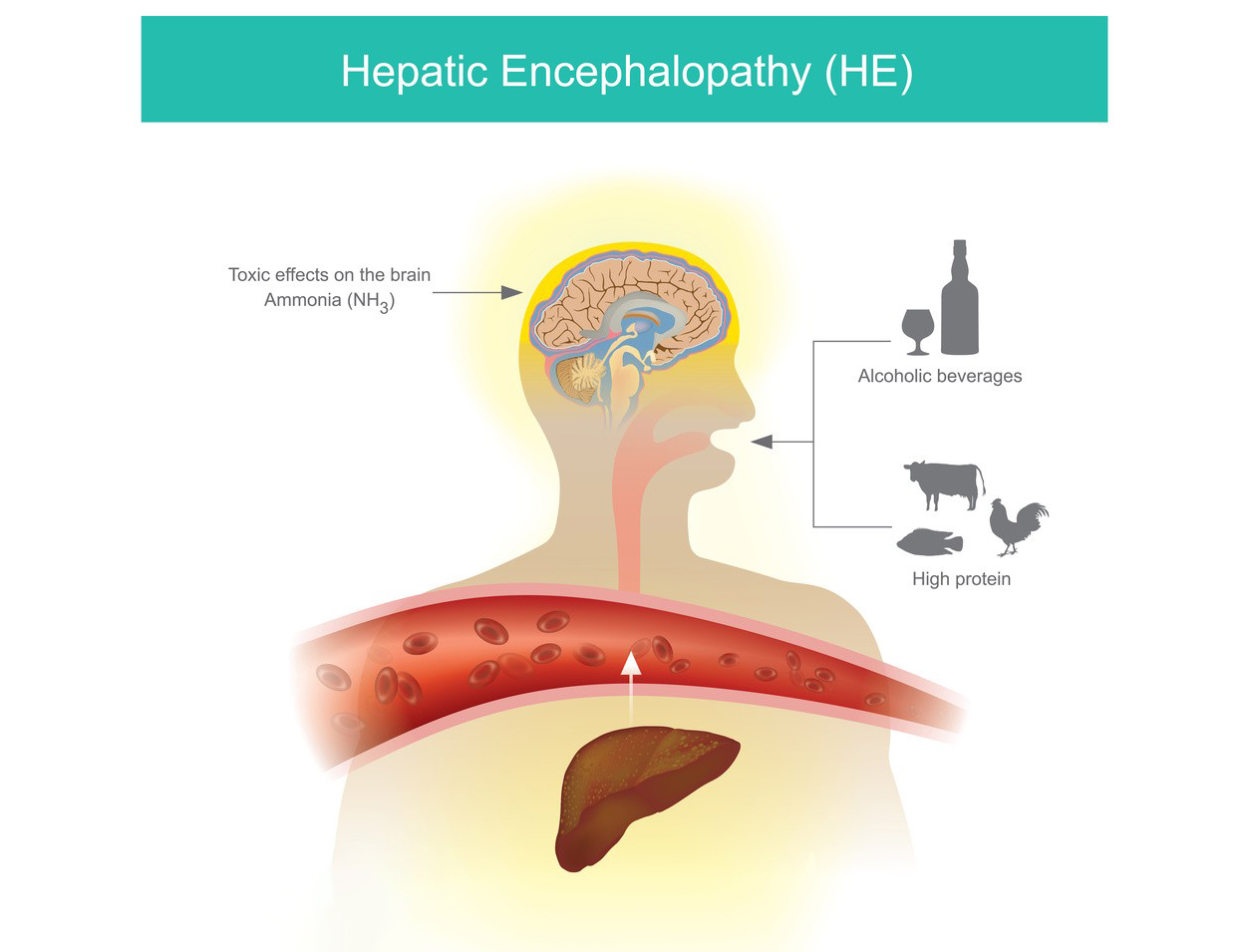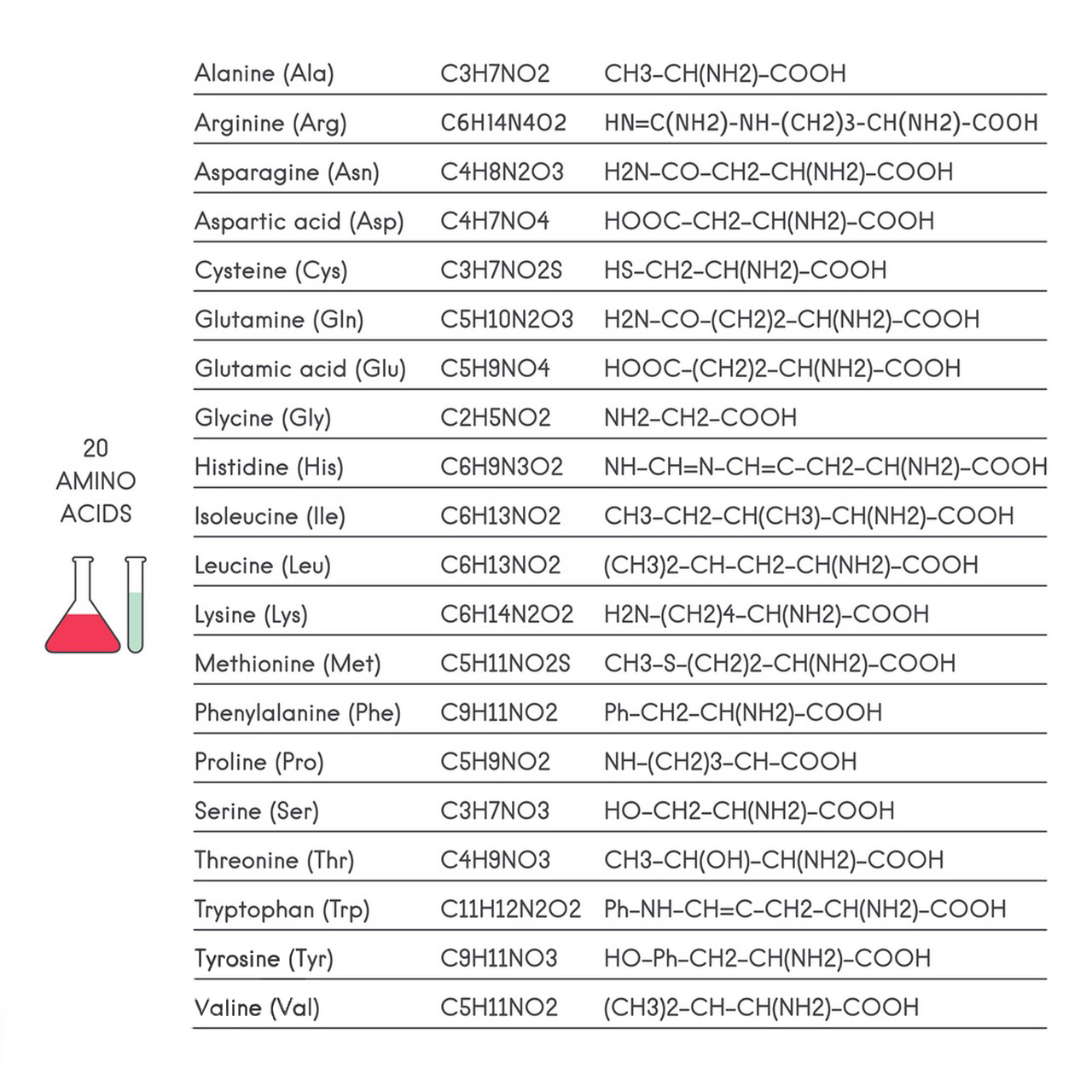Synthesis of L-glutamic acid (an important non-essential amino acid in humans) can be achieved through several methods, depending on the starting materials and the context of the synthesis. Below are some common approaches:
1. Microbial Fermentation
The industrial production of L-glutamic acid is predominantly carried out via fermentation using microorganisms, typically of the genus Corynebacterium.
Steps:
- Strain selection and engineering: Use strains of Corynebacterium glutamicum or related species optimized for high glutamate production.
- Fermentation medium preparation: Use carbon sources like glucose or molasses, nitrogen sources (e.g., ammonium salts), and minerals.
- Induction of glutamic acid production: Add specific biotin-limiting agents, surfactants, or antibiotics (e.g., penicillin) to induce permeability in the cell membrane and facilitate glutamate excretion.
- Recovery: L-glutamic acid is extracted by adjusting the pH to its isoelectric point (around pH 3.2), leading to crystallization. The product is purified via filtration and recrystallization.

2. Chemical Synthesis
Though less common in industrial settings due to chirality issues, L-glutamic acid can be synthesized chemically from petrochemical feedstocks.
Steps:
- Preparation of glutamate precursors: Use intermediates like α-ketoglutaric acid or succinic acid derivatives.
- Amination: React the precursors with an amine source (e.g., ammonia or amine derivatives) in the presence of catalysts (e.g., Ni, Pd).
- Chirality control: Employ resolution techniques like enzymatic or crystallization-based methods to isolate the L-isomer if racemic mixtures are formed.
3. Enzymatic Synthesis
Enzymes like glutamate dehydrogenase or aminotransferases are used to catalyze the synthesis of L-glutamic acid.
Steps:
- Start with a precursor like α-ketoglutaric acid (a TCA cycle intermediate).
- Catalyze the reaction with glutamate dehydrogenase in the presence of NAD(P)H and ammonia.
- Optimize the conditions for stereospecific production of the L-isomer.

4. Biosynthesis in Vivo (Biological Pathway)
In living organisms, L-glutamic acid is synthesized via the TCA cycle:
- α-Ketoglutarate (from the TCA cycle) is aminated by glutamate dehydrogenase or transaminase enzymes using ammonium ions or other amines as donors.
Each method has its own advantages depending on the scale and desired purity. For large-scale production, microbial fermentation dominates due to its cost-effectiveness and ability to produce high yields of the L-isomer specifically.
